Simple tips to reduce your daily salt intake
Excessive salt consumption can be harmful to the body. Here's how you can make a healthy change
March 31, 2021 18:37 IST 1 / 13
1 / 13The daily recommended sodium intake is 2,300-2,400 milligrams, which is approximately one teaspoon. "However, this is quite often exceeded which can lead to a host of problems like high blood pressure, heart disease and kidney damage to name a few," said nutritionist and lifestyle educator Karishma Chawla. (Source: Getty Images/Thinkstock)
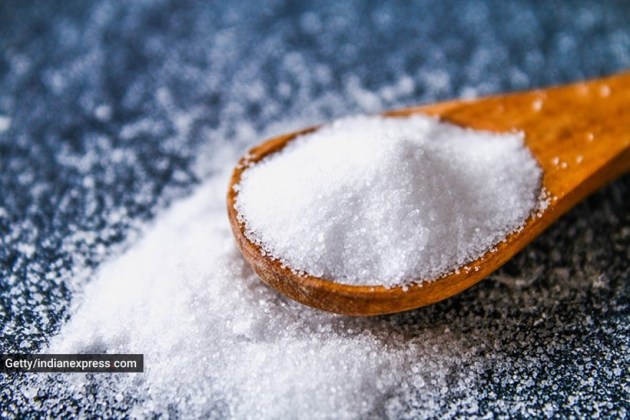 2 / 13
2 / 13Sodium is a compound found naturally in foods. One teaspoon of salt contains 2,400 milligrams of sodium. Table salt is not the same as mineral-rich natural salt. Real salt is beneficial to the body in many ways. Table salt is 97 per cent Sodium Chloride (NaCl) which is chemically produced, bleached and devoid of most other nutrients. It may also contain aluminium, which has been linked to Alzheimer's disease and other problems in the body, said Chawla. (Source: Getty Images/Thinkstock)
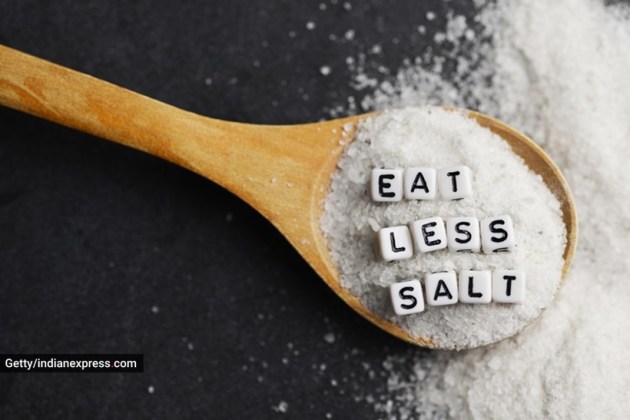 3 / 13
3 / 13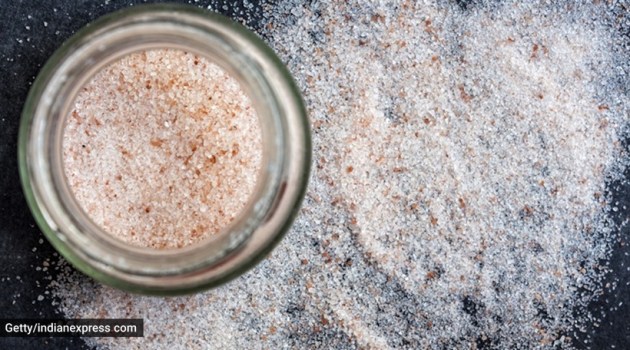 4 / 13
4 / 13Himalyan pink salt is slightly lower in sodium as compared to table salt and is found deep in the Himalayan mountains. It contains all 84 trace minerals needed by the body. It is naturally pink or red and has a much milder flavour. It is the highest quality salt available, as it is from the mineral rich Himalayan mountains and is not affected by the chemicals and toxins that are increasing in quantity even in natural sea salt. (Source: Getty Images/Thinkstock)
 5 / 13
5 / 13"Sodium is an essential trace element found in salt and supports contracting and relaxing of muscles, maintaining adequate fluid balance and preventing dehydration, preventing low blood pressure and sending nervous system impulses," mentioned Chawla. (Source: Getty Images/Thinkstock)
 6 / 13
6 / 13Avoid foods high in sodium such as breads, biscuits, papads, salted wafers, popcorns, canned foods, salted nuts, pickles, processed meats (ham, bacon, sausages, salami) and packaged foods. (Source: Getty Images/Thinkstock)
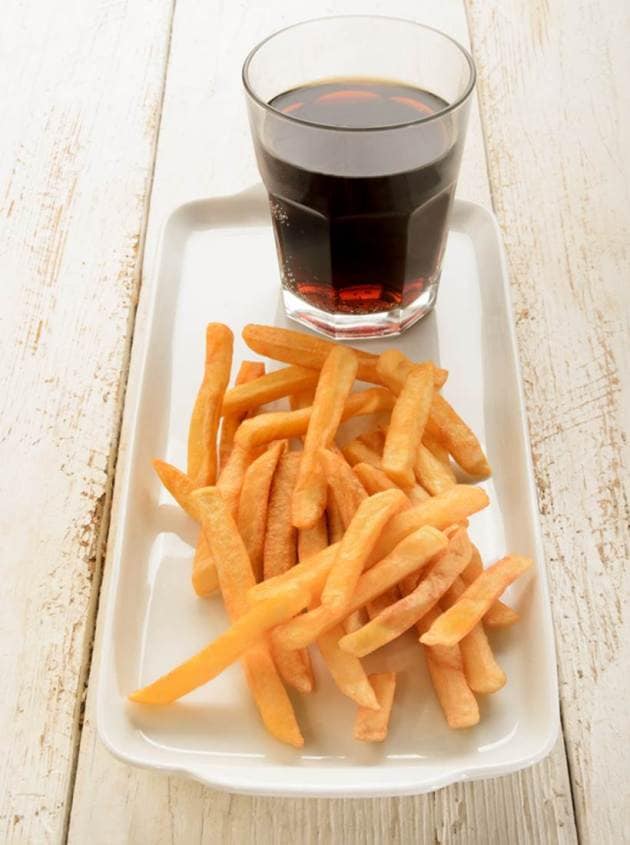 7 / 13
7 / 13Avoid products with MSG (monosodium glutamate) and sodium benzoate. (Source: Getty Images/Thinkstock)
 8 / 13
8 / 13Use fresh vegetables and fruits rather than canned. (Source: Getty Images/Thinkstock)
 9 / 13
9 / 13Try alternative herbs like ginger, turmeric, thyme, cinnamon, parsley, basil, rosemary, dill, and much more to reduce salt intake. (Source: Getty Images/Thinkstock)
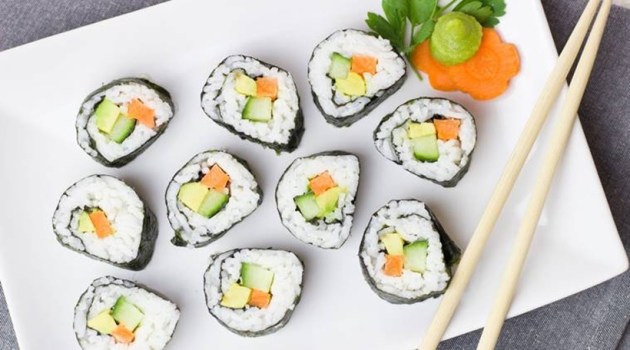 10 / 13
10 / 13Experiment with sea vegetables like seaweed, nori, kombu, dulse and wakame in place of salt. This is also beneficial for the thyroid gland. It can be added in soups, salads and vegetable mixes. Consume 1-2 tsp a week. (Source: Pixabay)
 11 / 13
11 / 13Use apple cider vinegar, lime dressing or yogurt dressing with herbs and spices for salads instead of sprinkling salt. (Source: Getty Images/Thinkstock)
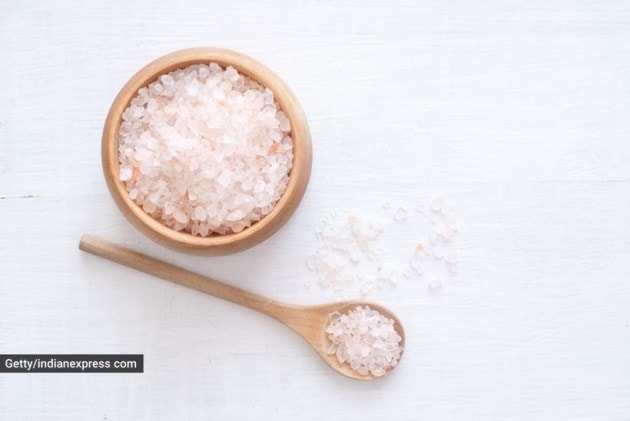 12 / 13
12 / 13(Source: Getty Images/Thinkstock)
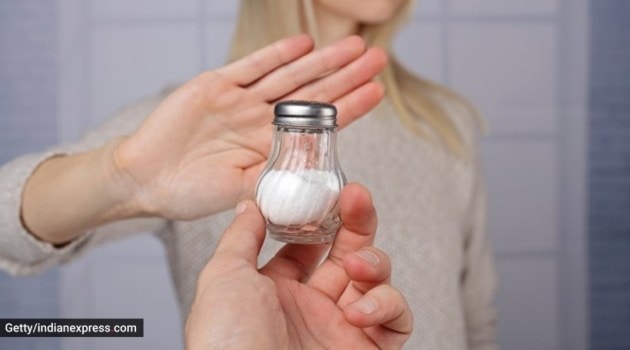 13 / 13
13 / 13Replace table salt shaker on the kitchen shelf or dining table with a bottle of fermented Indian achars made with carrots and cucumbers, seaweed shakers and herb containers to make a better choice to add flavour to the meals. (Source: Getty Images/Thinkstock)











